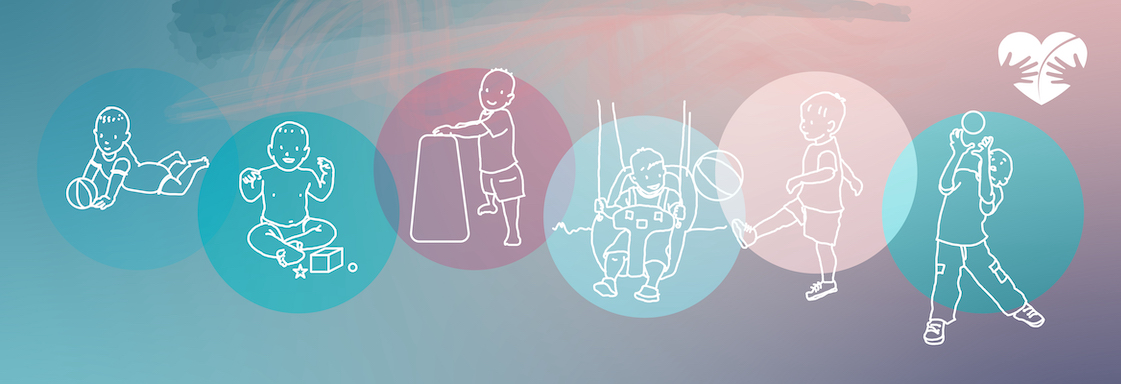Understanding the early signs of Cerebral Palsy in children can help you make decisions that are best for your child’s health and wellbeing.
Cerebral Palsy is a motor disorder that affects about 1 in 135 children in the United States. Although it is one of the most common motor disorders, Cerebral Palsy can look very different from child to child. Much of the effects of Cerebral Palsy depend on the location and severity of the injury in the brain or spinal region.
For example, some children might have typical learning abilities, while others have learning difficulties; some children might have mostly typical motor skills, while others are unable to control their hands, feet, arms, and legs. Although it’s not always easy to predict the exact symptoms of Cerebral Palsy, there are certain patterns that the disorder seems to follow.
Signs and Symptoms of Cerebral Palsy in Children
Let’s examine the early signs and symptoms of Cerebral Palsy in children. Please keep in mind that most children are not diagnosed with Cerebral Palsy until they are out of infancy.
Although your child may present some of these signs of Cerebral Palsy in infants, there is a chance that they will “grow out” of the actions they are (or are not) performing. With that said, there is also a chance that your child may have a different diagnosis altogether – leukodystrophy, Pelizaeus-Merzbacher disease, and Rett syndrome are commonly misdiagnosed for Cerebral Palsy.
Take note of the symptoms and bring it up with your pediatrician at your next appointment – this can help with early detection – but have patience with your child and their unique growing and learning process.
Common Cerebral Palsy Symptoms in Infants
Cerebral Palsy symptoms in infants are most frequently caused by an injury during labor and delivery. A brain or spinal injury might not be apparent right away, but you may notice one or more of these symptoms as your child ages:
- Abnormal muscle tone
- Crossed or stiffened legs when being picked up
- Physical movement delays (sitting, crawling, rolling over, walking, etc.)
- Difficulty controlling hand movements
- Excessive drooling
- Inability to lift hold their head up/control their head movements
- Overextended back and/or neck when lifted
- Joint and/or muscles stiffness
Most of these symptoms are also signs of Spastic Cerebral Palsy, which is seen in over 70% of Cerebral Palsy cases.
Common Cerebral Palsy Signs in Babies 6+ Months
Signs of Cerebral Palsy in babies over 6-months may either be the result of an injury that occurred during labor and delivery or during the early months of their life. Signs and symptoms include:
- Difficulties hearing or seeing
- Uncontrollable muscle movement
- Stiff muscles, joints, or tendons
- Unable to roll over
- Unable to clap hands together
- Keeps hands balled in a fist
Common Cerebral Palsy Signs in Toddlers
Again, toddlers may show signs of Cerebral Palsy because of an injury during birth or an injury that occurred in their early childhood. This age is typically when the signs and symptoms become most apparent, and a diagnosis can be made.
- Inability to stand or walk
- Abnormal posture
- Awkward crawling
- Delayed speech or lack of speech
- Difficulty developing fine motor skills (eating, brushing teeth, coloring, etc.)
Find Care at the Children’s Rehabilitation Institute TeletonUSA
The Children’s Rehabilitation Institute TeletonUSA (CRIT) is a 501(c)(3) non-profit organization offering comprehensive rehabilitation services for children with neurological, muscular, and skeletal disabilities. Contact us today to learn more about how we can help your child develop physically, psychologically, socially, and spiritually.

